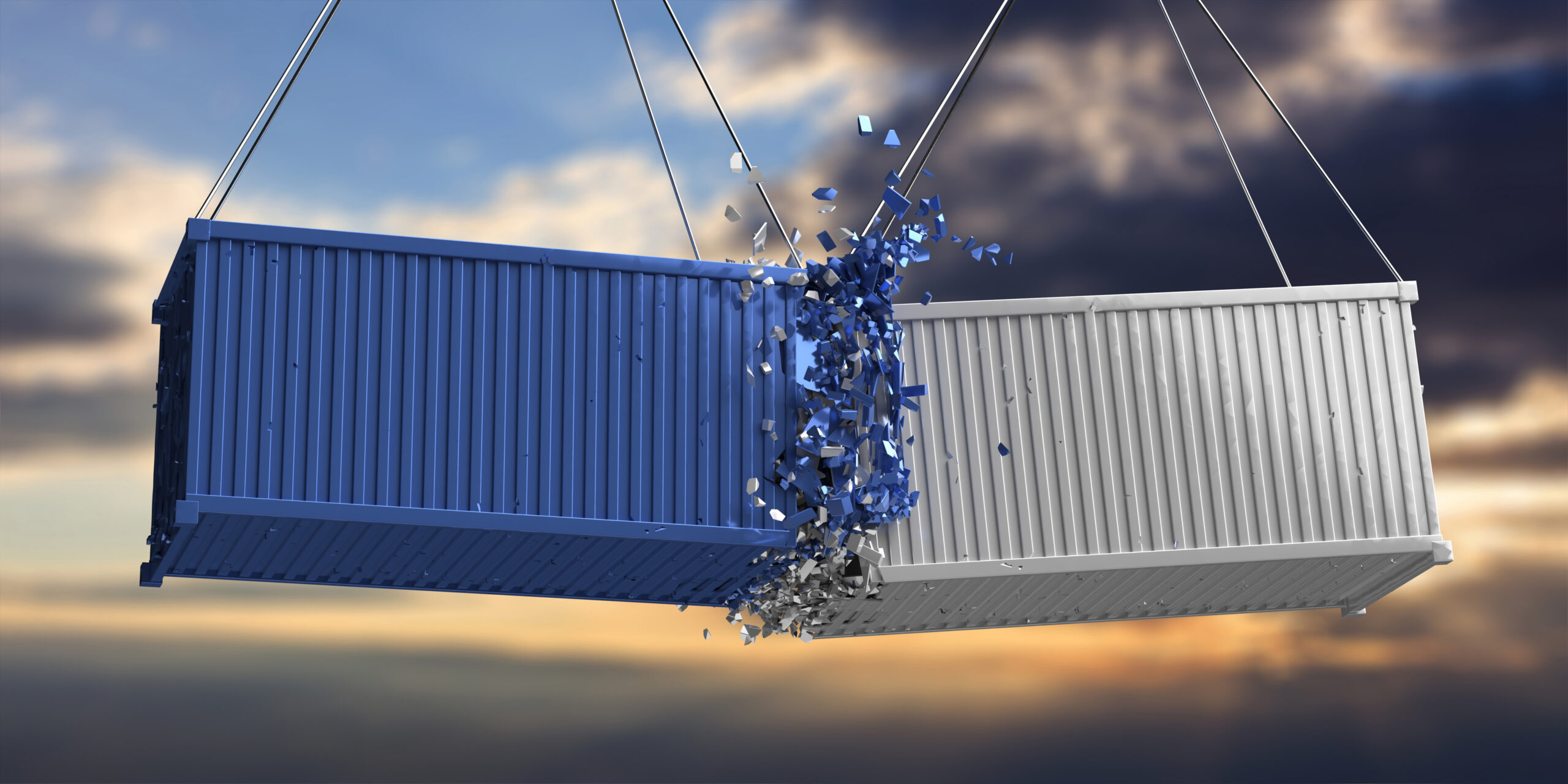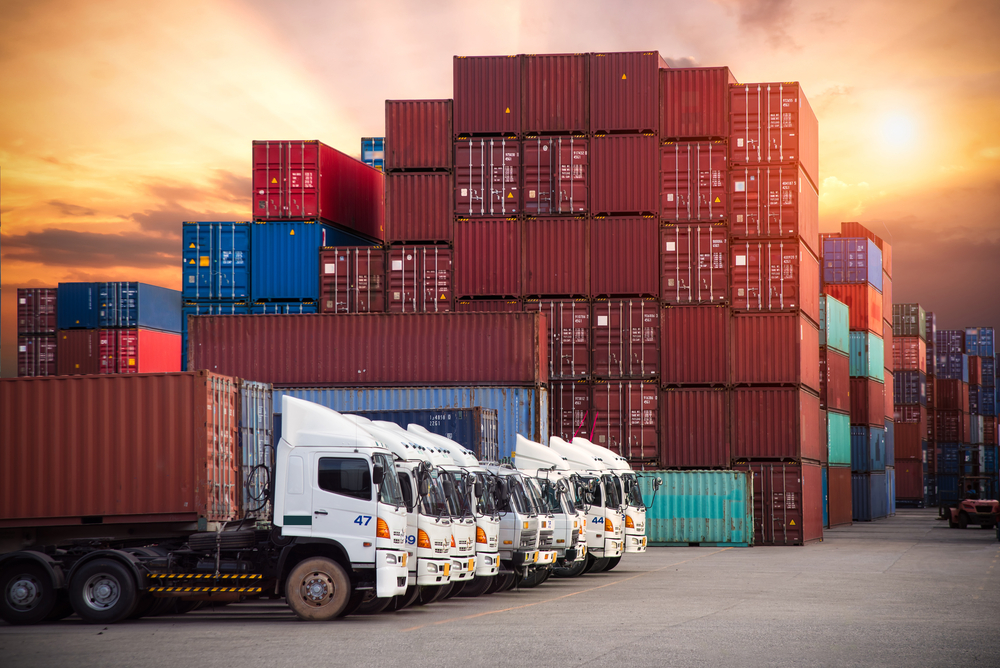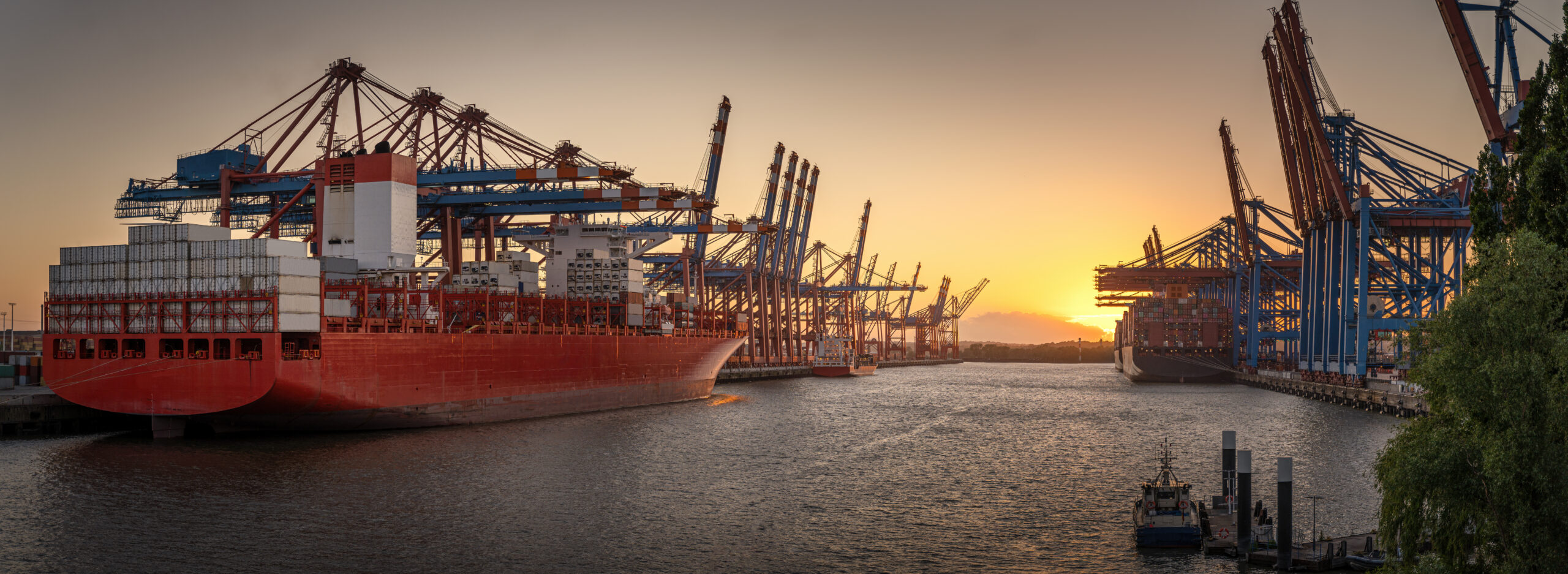Over the last few months, the United States has been busy working on new trade agreements worldwide. This past month has seen a renewed focus on the USA’s trade relationship with Japan, a close ally and America’s 4th-largest trade partner.
As one of his first acts upon assuming the Presidency in January 2017, Trump formally withdrew the USA from negotiations to join the Trans-Pacific Partnership (TPP), a multi-lateral trade agreement among a large amount of countries. Japan had long been a major proponent of the TPP, seeing it as a key strategy to form a trade bloc to keep Chinese interests at bay. The agreement still went into effect without the United States as party but has left a gaping hole in trade policy between the two nations.
Agricultural issues remain the forefront of the negotiations. US farmers are heavily dependent on export markets, and with reductions in buying from China in response to tariffs imposed by the Trump administration, Japan’s market is more important than ever. With Japan now in a free trade agreement with nations like Australia and Canada that now compete with US agricultural products, there is strong political incentive in the USA to complete the agreement quickly as possible.
Japan has chafed under the steel and aluminum tariffs that were imposed last year by the USA. As a major producer of metal products, these tariffs were damaging to Japan’s steel companies, and are a major point of contention in negotiations. In early March, the Commerce Department initiated an investigation on imports of titanium sponge from Japan for possible “section 232” tariff impositions. Japan is a major exporter of titanium and stands to lose considerable exports if punitive tariffs are imposed.
Because of the time involved in both negotiating and ratifying trade deals, the US Trade Representative has indicated they’re considering a two-tier approach to the agreement. There are some things that can be accomplished without congressional approval like lowering tariffs, easing restrictions on state-owned firms, and price controls for medical products that would be an early target for change. The second tier would involve more in-depth
Both sides have set a moving target to be finished with negotiations in September of this year, but no date is yet set in stone. Through the month of April bilateral talks have picked up, with Prime Minister Shinzo Abe paying a visit to the United States for direct meetings with Trump. The two nations have expressed positive developments, and seem optimistic a trade deal could come sooner than later.
A
s further information is available, we will continue to provide updates. If you have any questions about current imports or exports and how they’d be affected by trade changes, please contact our VP of Sales Andrew Galloway at agalloway@jmrodgers.com or 973-726-5340.





